Monday and Thursday are studio days. On these days in particular, the third floor undergraduate studio is filled with a frenetic energy of design, research, and exploration. Students can usually be found talking excitedly with design professors and classmates in a habitat saturated with trace sketches, study models, and empty coffee cups. Every week we’ll share a completed project, churned out from this energetic studio environment.
Interested in having your work featured on our STUDENT WORK series? Check out our BRIDGE Contact page for submission details.

Rome Studio | Nexus Museum by Montgomery Moon and James Cameron Parkin
Studio Instructors: Lorenzo Pignatti, Tracey Eve Winton, Beatrice Bruscoli, Eric Haldenby
The final project for the studio required the design of a new “museum of the city” in Rome that would address incredibly dense cultural areas of Rome, including the Aurelian Wall.
Project Description:
Our building is placed at the confluence of significant transportation arteries and acts as a nexus for the activity around the site. The four galleries become “terminus stations” for the paths leading to and from their respective elements of the city. In order to accommodate the confluence of circulation, addition of valuable public space, and a large amount of gallery space, our scheme stratifies these elements, allowing the site circulation to remain at ground level while the public space slopes down and the galleries hover above, following the rigid geometries of the adjacent slaughter houses. The ground plane is sliced in bands and articulated to let light into the open spaces below, which contrast the enclosed, tightly curated spaces above. The lobby acts as a gathering place where the visitor can select their desired gallery and ascend directly to it.
Recalling the contemporary and existing pairings of program on the site, the content of the galleries focuses on the juxtaposition between ideal solidity and contemporary temporality. In the landscape gallery, the juxtaposition is between the attempts of human engineering and the force of nature, in the human form it’s between ancient statuary and contemporary video media, in the urban form, it is between ideal cities and illegal immigration and occupation, and in the history and myth exhibit, original myths are compared with the multitude of interpretations and re-creations that have followed. These contrasts become apparent through a language of solid statuary and models in contrast with projections and hidden lights. The galleries are formed by rooms and corridors that are shaped by poche, which also hides light wells and projector slots. At the ends of the galleries, the poche creates apertures which direct views back to the areas of the site which that specific gallery is related to.
The main principle of our site strategy is to evaluate areas of the site based on which category of the city they most strongly emulate (Nature and Landscape, History and Mythology, Forma Urbis and Architecture, or Imago Hominis) and pair its existing program and elements with contemporary public uses. A series of high and low speed pedestrian and cyclist arteries connect these added programs, along with transit hubs and public spaces.
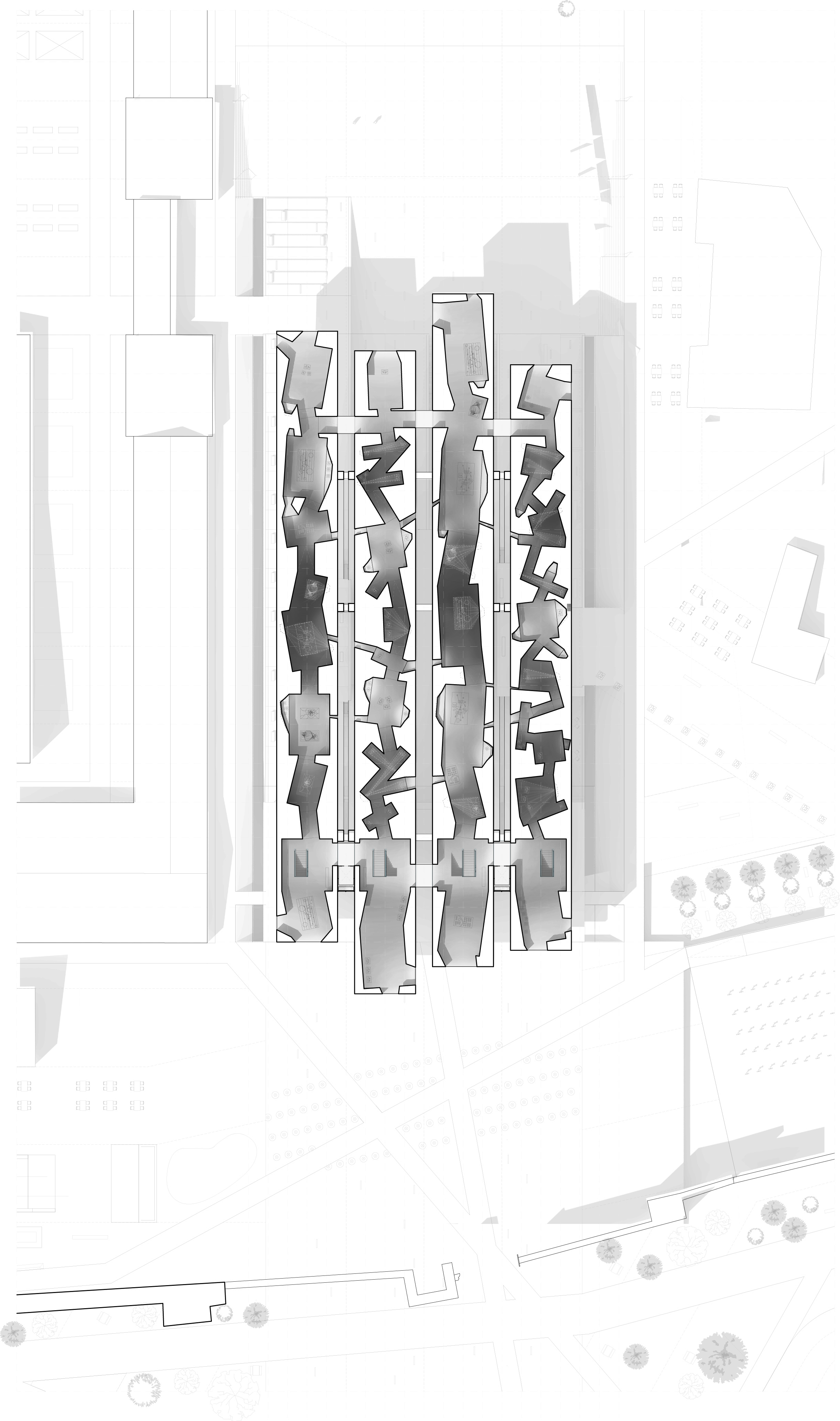
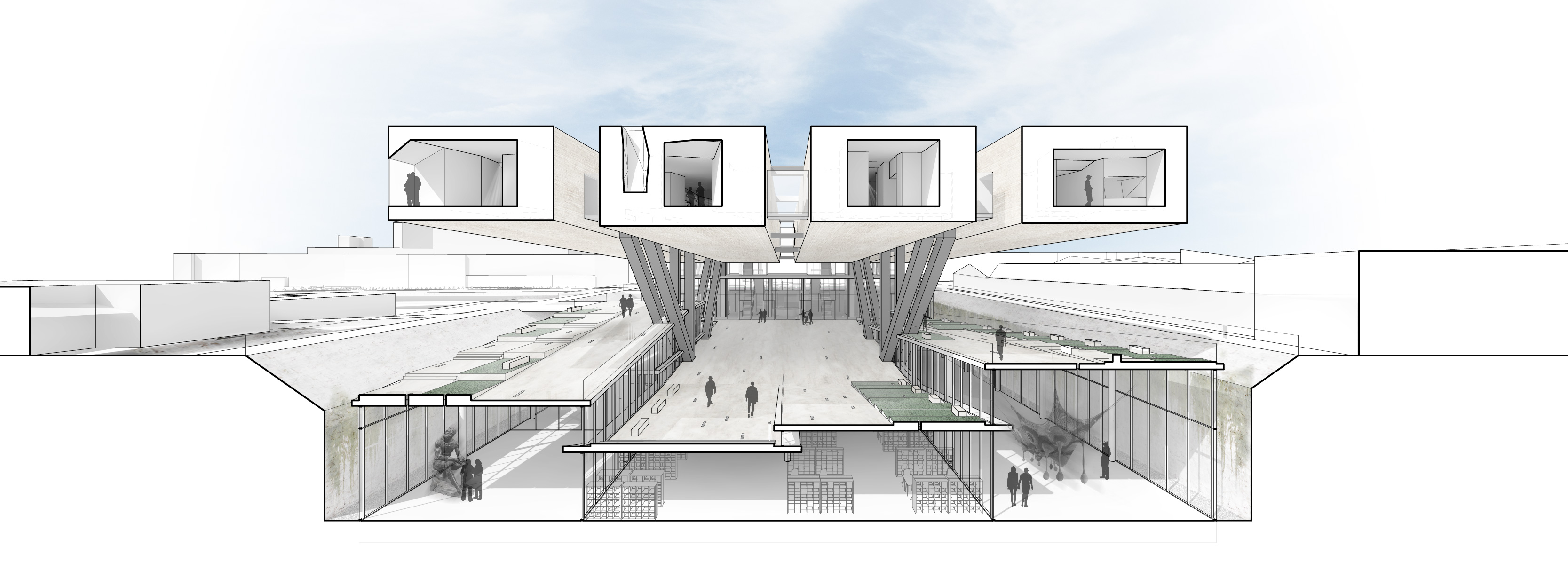


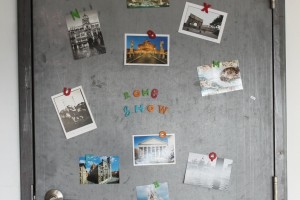
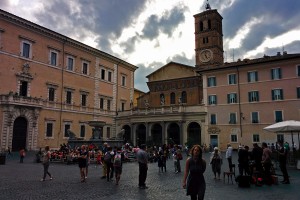
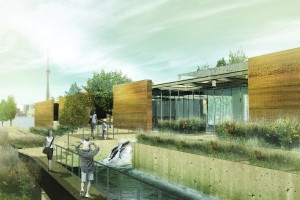
Leave a Reply